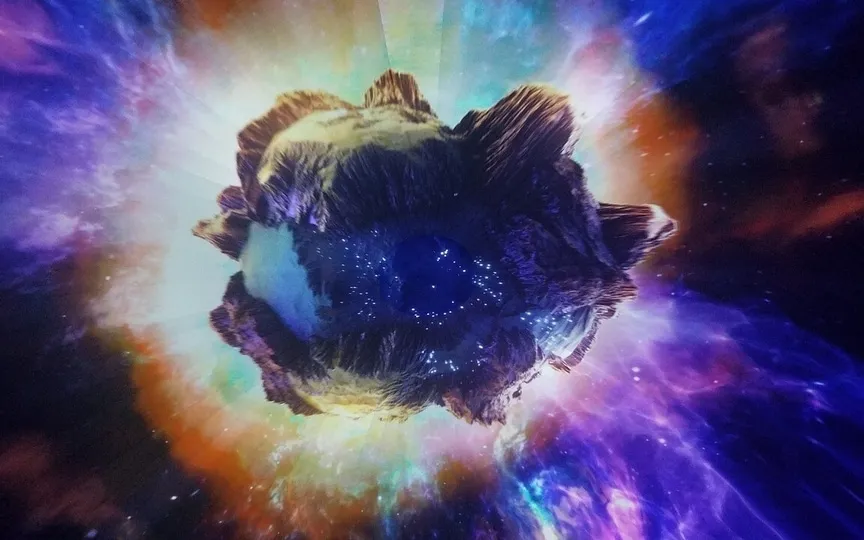NASA Alert: 164-Foot Asteroid Zooming By Earth – Don’t Miss It!
NASA’s Center for Near-Earth Object Studies (CNEOS) has revealed new information about a Near-Earth asteroid that will come close to Earth today, November 13. Despite its proximity, the asteroid, named 2023 VX, is not expected to collide with the planet and cause significant destruction. Instead, it will pass by at a distance of approximately 6.6 million kilometers.
Asteroid 2023 VX: Details of the close approach
The asteroid is already on its way to the planet, traveling at a speed of 40,034 kilometers per hour, which is even faster than intercontinental ballistic missiles! While not a planet-killer or as big as a dinosaur-killing asteroid, this asteroid is nearly three times the size of the Chelyabinsk asteroid that slammed into the Russian city in 2013, injuring more than 1,400 people and damaging 7,000 buildings. NASA estimates that Asteroid 2023 VX is nearly 164 feet across, making it about the size of an airplane.
The space agency has also revealed that Asteroid 2023 VX is part of Apollo’s group of Near-Earth Asteroids, which are extraterrestrial space rocks with semi-major axes larger than Earth’s. These asteroids are named after the huge 1862 Apollo asteroid discovered by German astronomer Karl Reinmuth in the 1930s.
NASA has also revealed that this is the first time that Asteroid 2023 VX will fly past Earth. According to the space agency, it is not expected to approach the planet again in the near future.
Asteroids found in Antarctica
Antarctica is a desolate place known for its vast ice. However, a team of scientists has made an amazing discovery – 5 asteroids that may hold the key to the formation of Earth. These space rocks were found in an area known as Antarctic Blue Ice. Antarctica is an ideal location for detecting asteroid or meteorite impacts, as these objects can be easily detected due to the unique icy conditions on Earth. According to Professor Maria Schoenbaechler of the Department of Earth Sciences at ETH-Zürich, Switzerland, the rock is made up of chondrites, which are the oldest known rock material in the universe. “It belongs to the oldest material found on Earth and is similar to the building block of the Earth,” he said.




